Sgt. Jennifer “Wavelength” Smith on keeping the Army connected
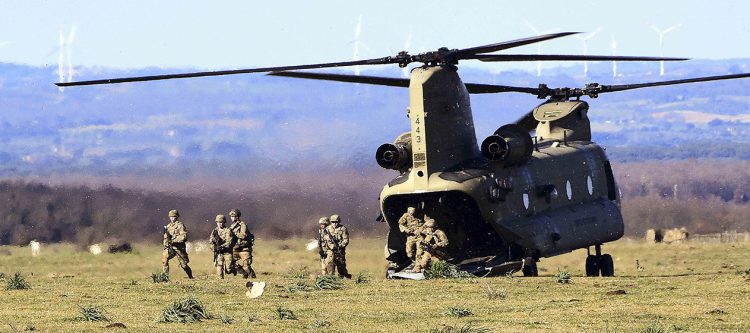

Considering the importance of digital, network-connected devices to our daily lives as civilians, it should come as no surprise that U.S. Army warfighters are increasingly dependent on digital solutions when deployed.
But who keeps those networks operating and the warfighters connected? That’s the job of the U.S. Army’s Signal Corps, which has the essential mission of, “…creating and managing communications and information systems for the command and control of the combined armed forces.”
We recently had the opportunity to sit down with Sergeant Jennifer Smith, a Signal Support Systems Specialist that is one of the individuals responsible for ensuring connectivity and communications for deployed warfighters. Sgt. Smith represents “The Wavelength” moniker – as part of the Army’s new “What’s Your Warrior?” campaign, which is designed to demonstrate the hundreds of jobs available to new recruits, and the skillsets that they can learn as a member of the world’s most elite fighting force.
During our discussion, we asked Sgt. Smith about the new, innovative technologies finding their way into the battlefield, the increasing necessity of networks and connectivity, and why young people should consider following in her footsteps towards a career as a Signal Support Systems Specialist.
Here is what she had to say:
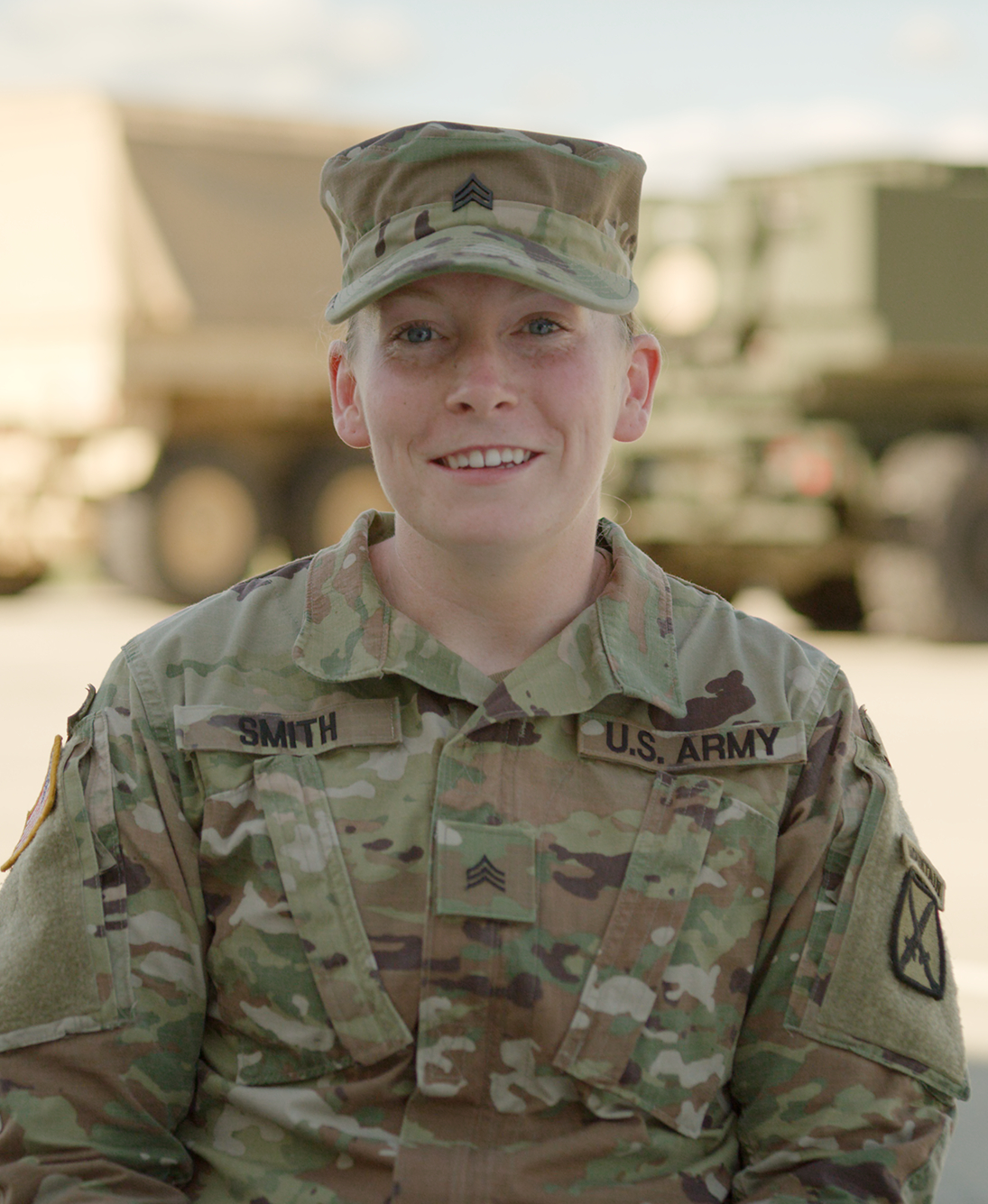 The Last Mile (TLM): Can you tell us a little bit about the job and responsibilities of a Signal Support Systems Specialist? What activities are part of your day-to-day, and what are you responsible for within the Army?
The Last Mile (TLM): Can you tell us a little bit about the job and responsibilities of a Signal Support Systems Specialist? What activities are part of your day-to-day, and what are you responsible for within the Army?
Sgt. Jennifer Smith: As a Signal Support Systems Specialist, I am responsible for maintaining vital signal support systems and terminal devices; the equipment that needs to consistently work in order for commanders to stay informed, track, and direct the movement of their troops.
I perform signal support and technical assistance for computer systems, local area networks, and I’ll perform maintenance on equipment, terminal devices, power generators, and vehicles. I also detect enemy signals and jam enemy radio transmissions.
A large part of my day is cross training with Information Technology Specialists, Multichannel Transmissions Operators, Satellite Communications Systems Operators, and Network Systems Operators. We all work on different pieces of equipment, but our overall mission is the same. “You can talk with us, but you cannot talk without us” is a common saying within the Signal world.
TLM: How have the roles of data and networks changed for the Army in the past few years?
Sgt. Jennifer Smith: There has been much more development and adoption of network capable devices and more scrutiny on use at all levels. This [adoption of connected devices] has led to faster communications and more in-depth information being relayed to commanders.
The use of digital [solutions] has become doctrine in many cases. It is an important addition to redundant communications – allowing us to add to and not retract from our abilities.
The integration of many war-fighting systems – from the commander all the way down to the gun line – enables us to get a large, real-time battlefield picture and allows communication down to the lowest level quickly.
TLM: We often hear about situations where satellite communications are jammed or denied. When the Army is operating in places where cellular networks and satellite networks are either unavailable or denied, what communications and situational awareness alternatives are available?
Sgt. Jennifer Smith: The Army has the equipment and the ability to detect jamming, so – if we are aware of it – we have the capability of determining where it is coming from and counterattack. If civilian networks are unavailable, we have the equipment to use our own deployable cellphone network in order to have local coverage for our area.
When planning operations, we consider a denied environment and technical difficulties in that plan. We call it the “PACE” plan, which stands for, “Primary, Alternate, Contingency, Emergency.” How sophisticated or rudimentary these backup communications solutions are depends on the level of command of the unit.
TLM: Looking forward, what new technologies – things like augmented reality or wearables – would you most like to see make their way to the deployed warfighter? What capabilities would you like to see made available? What has to be done to make that possible?
Sgt. Jennifer Smith: I would definitely be interested to see augmented reality and wearables. I think what is most beneficial is to have it in the training environment.
[The Army] always says, “We train as we fight,” but we can only do that to a certain extent without physically being there. My battalion trains outside all year round regardless of the weather, but it still doesn’t compare to the environment in other countries.
Being able to have the interactive experience of a real-world environment could change the game for how we train to be deployed.

TLM: You’re currently one of the individuals taking part in the Army’s “What’s Your Warrior?” campaign. Why was this something you wanted to be a part of? Why is it important for the Army and future warfighters today?
Sgt. Jennifer Smith: I was ecstatic when I got the opportunity to fill out the questionnaire for the “What’s Your Warrior?” campaign. And finding out I got selected was unbelievable. Throughout my entire Army experience, I have been blown away by all of the opportunities that have been made available to me.
The main reason I wanted to be involved in the “What’s Your Warrior?” campaign is because – prior to this campaign – I always thought the people in the Army commercials or advertisements were just actors, and I wanted to change that perception.
As part of the National Guard in an Infantry battalion of almost 800 people, we have Soldiers from every generation, including Generation Z. The campaign is really important for the Army and future warfighters of today. In my opinion, Gen Z is culturally aware, trying to make a difference in the world, and tech savvy. This is all based on the world they grew up in but that is exactly what the Army is looking for.
Gen Z is able to adapt and overcome at the drop of a dime and if they don’t know something they know exactly where to find the information.
TLM: Why should a young person consider becoming a Signal Support Systems Specialist in the Army? What makes the job rewarding and fulfilling?
Sgt. Jennifer Smith: You want to be able to enjoy the job you are doing and what best fits your personal interests. If Signal Support is an area of interest, I would definitely recommend it. However, there are more than 200 different job opportunities in the Army. There is a career match tool on GoArmy.com where people can explore jobs that fit in with their passion areas.
My advice is to do your research. There are so many options, but you want to do what best fits you and the goals you have. GoArmy.com is a great place to learn more, along with speaking to a recruiter. Deciding which component – Active Army, Army Reserve, Army National Guard – is a huge decision, along with which job best fits what you want to do.





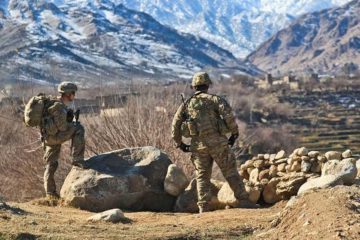
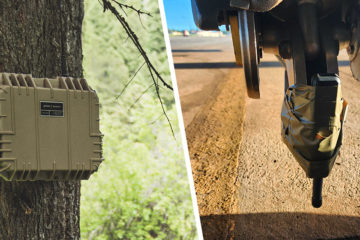
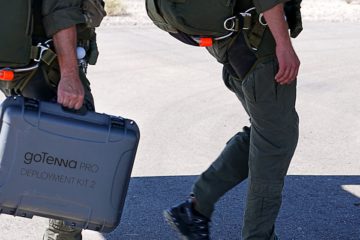


No Comment